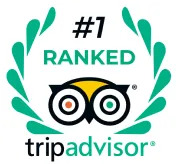How to Climb Mount Kilimanjaro: Complete Trekking Guide 2025 - 2026
Conquer Africa's highest peak with our expertly guided expeditions
Kilimanjaro Climbing
Climbing Kilimanjaro: Everything a Beginner Needs to Know
Mount Kilimanjaro rises majestically to 5,895 meters (19,341 feet) above sea level, making it the highest free-standing mountain in the world and earning the title "Roof of Africa."
As one of Africa’s most sought-after travel destinations, Kilimanjaro attracts over 40,000 visitors each year. The trek is renowned for its stunning scenery and accessibility, requiring no technical climbing skills—just a good level of fitness and determination to reach the summit.
This guide is designed to help travelers prepare for their unforgettable Kilimanjaro journey. Drawing from 5 years of experience and having guided more than 20,000 climbers, we’ve compiled expert recommendations to ensure your adventure is safe, enjoyable, and truly life-changing.
Preparation Guide
What You Need to Know Before You Go
When is the best time to climb Kilimanjaro?
The ideal periods for climbing Kilimanjaro are from late December to early March and mid-June to late October, when the weather is generally most favorable. While other months can experience rain, it usually falls in the afternoon, leaving ample time for clear skies during the day. There are also many dry days even in the rainy season, offering good trekking conditions. For more details, check out our guide on Kilimanjaro’s seasons.
How much does it cost to climb Kilimanjaro?
In 2025, a safe and comfortable 7-day group climb typically costs around $2,500. Shorter climbs of 5 to 6 days or trips booked during off-peak seasons may range between $2,300 and $2,500. These prices include park entrance fees, which account for about 35% of the total cost. Be cautious of operators offering significantly lower prices, as this often reflects poor treatment of porters and compromises on safety and quality. Learn more about Kilimanjaro climbing costs in our detailed blog post.
How Should I Train to Climb Kilimanjaro?
A moderate fitness level is key to a comfortable and successful Kilimanjaro climb. This means you should be able to run 5 km (3 mi) without difficulty and hike 10 km (6+ mi) in a day. The best ways to train include swimming, cycling, running, and hiking.
See our Kilimanjaro training plan for a detailed guide.
Altitude Sickness and the Dangers of Climbing Kilimanjaro
The biggest risk on Kilimanjaro is acute mountain sickness caused by poor acclimatization. In severe cases, it can lead to cerebral or pulmonary edema, both life-threatening conditions that cause about ten deaths per year on the mountain.
Explore more facts about mortality on the mountain in our Mt. Kilimanjaro death statistics article.
Fortunately, AMS is easy to prevent. Choose a seven-day or longer itinerary, stay hydrated, and walk slowly to allow proper altitude adaptation. Guide expertise is crucial — choose an operator whose Kilimanjaro guides are certified Wilderness First Responders, trained to handle emergencies and evacuations. For more details, check our acclimatization on Kilimanjaro article.
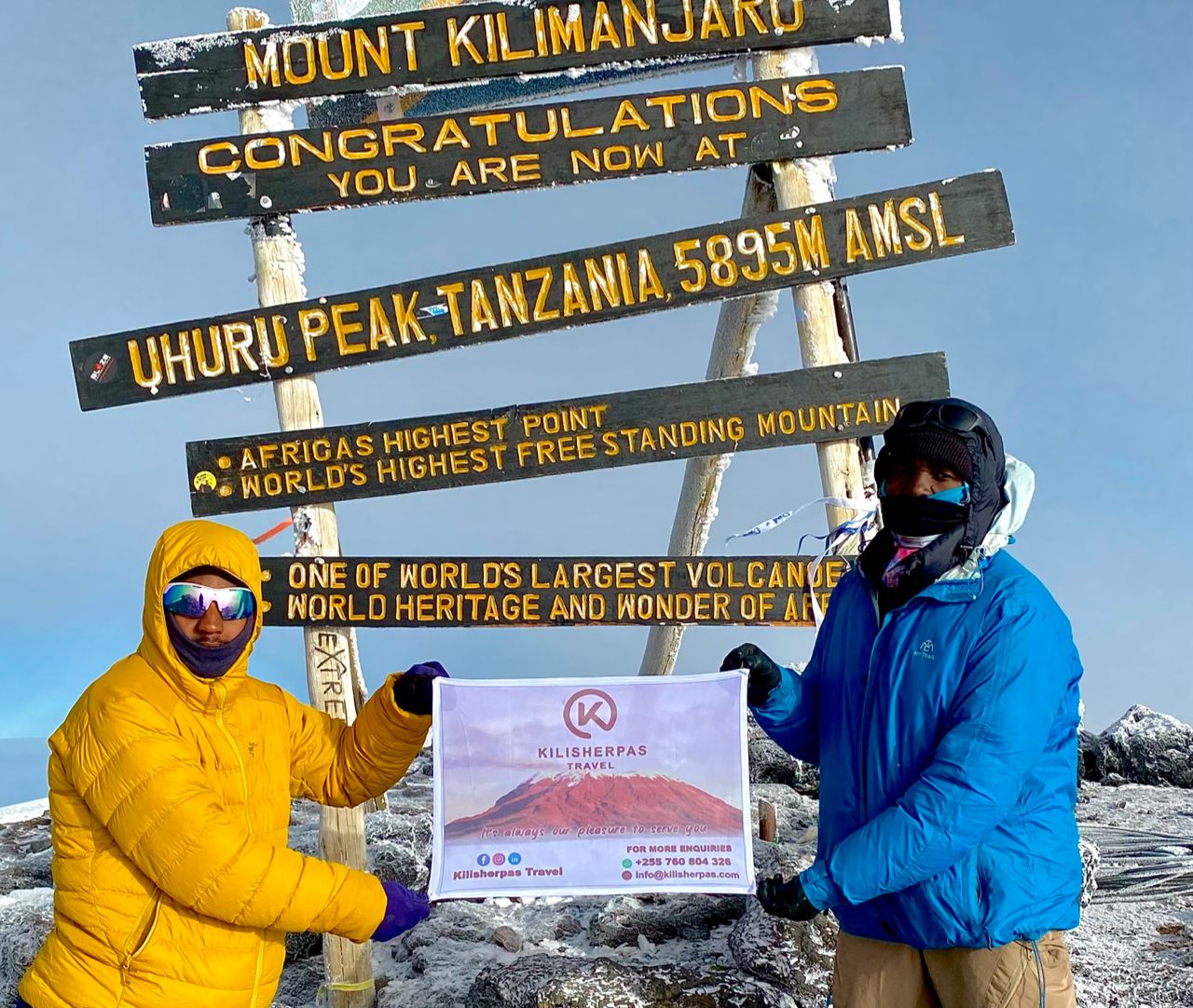
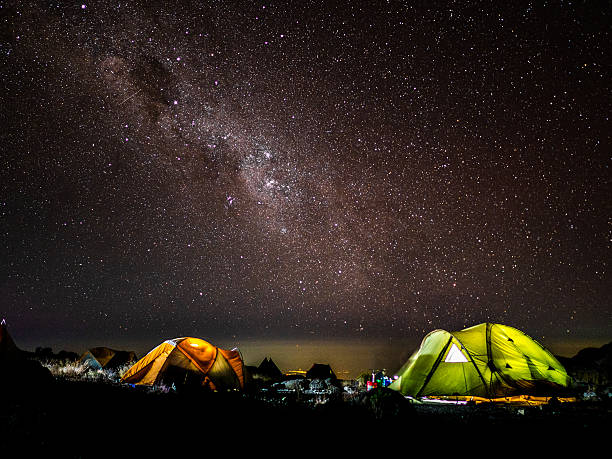
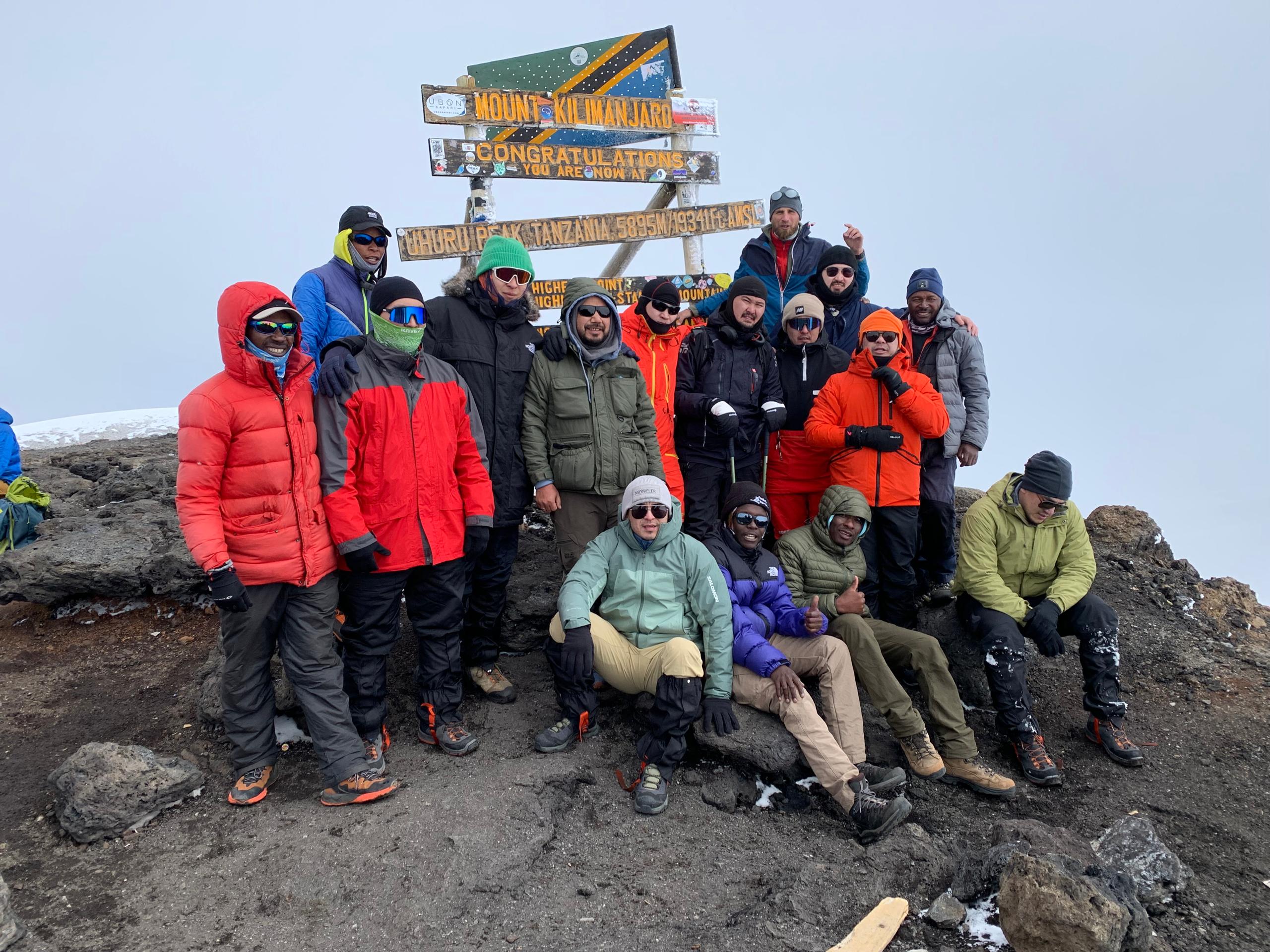
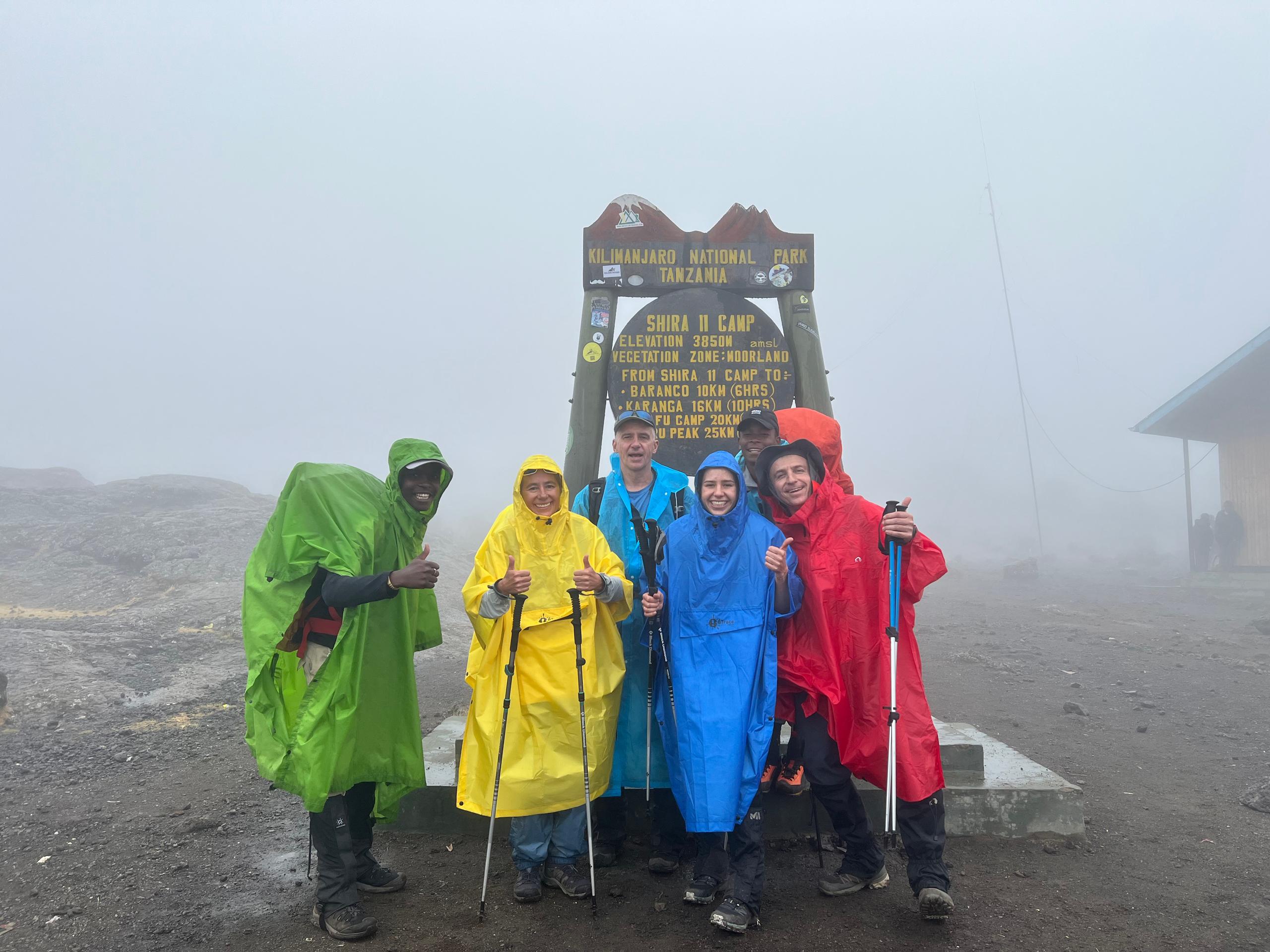
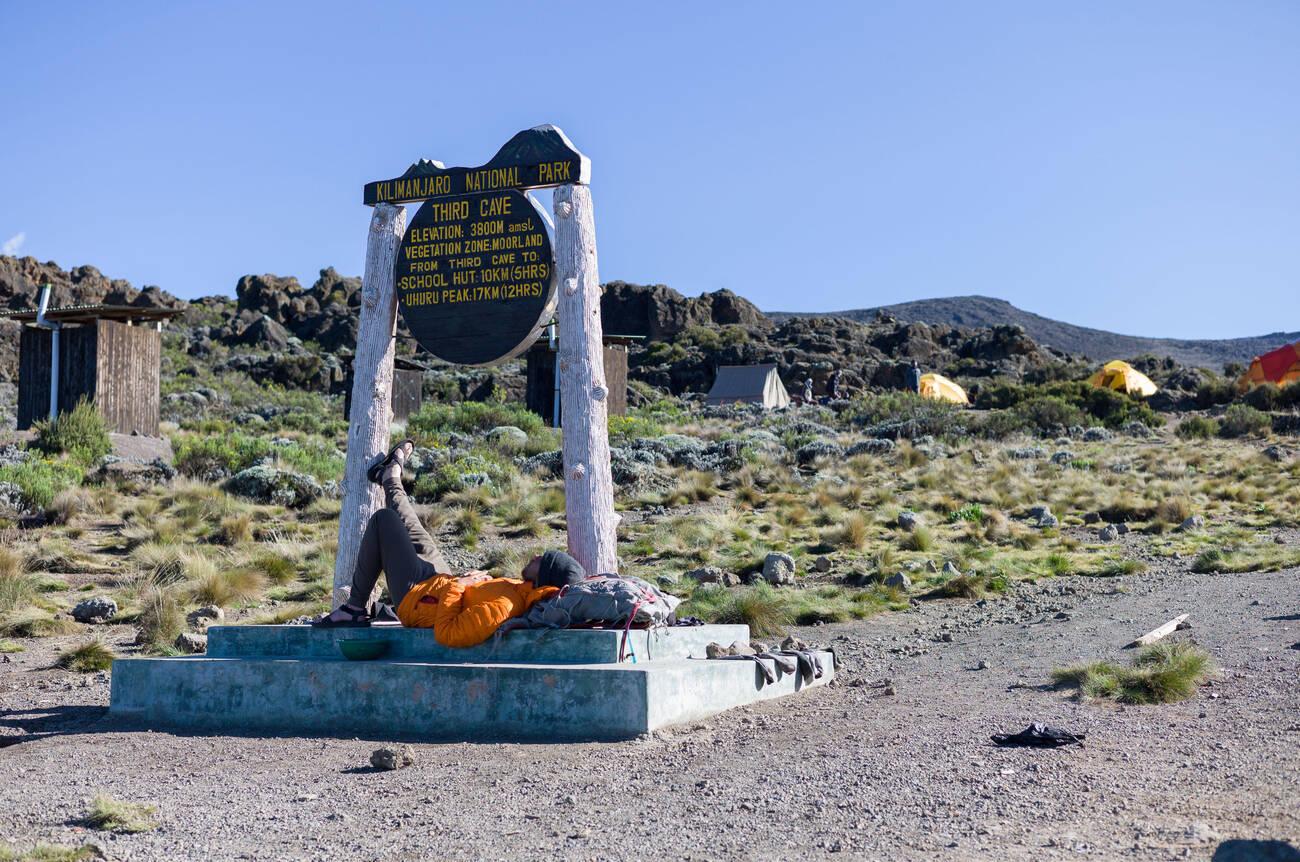
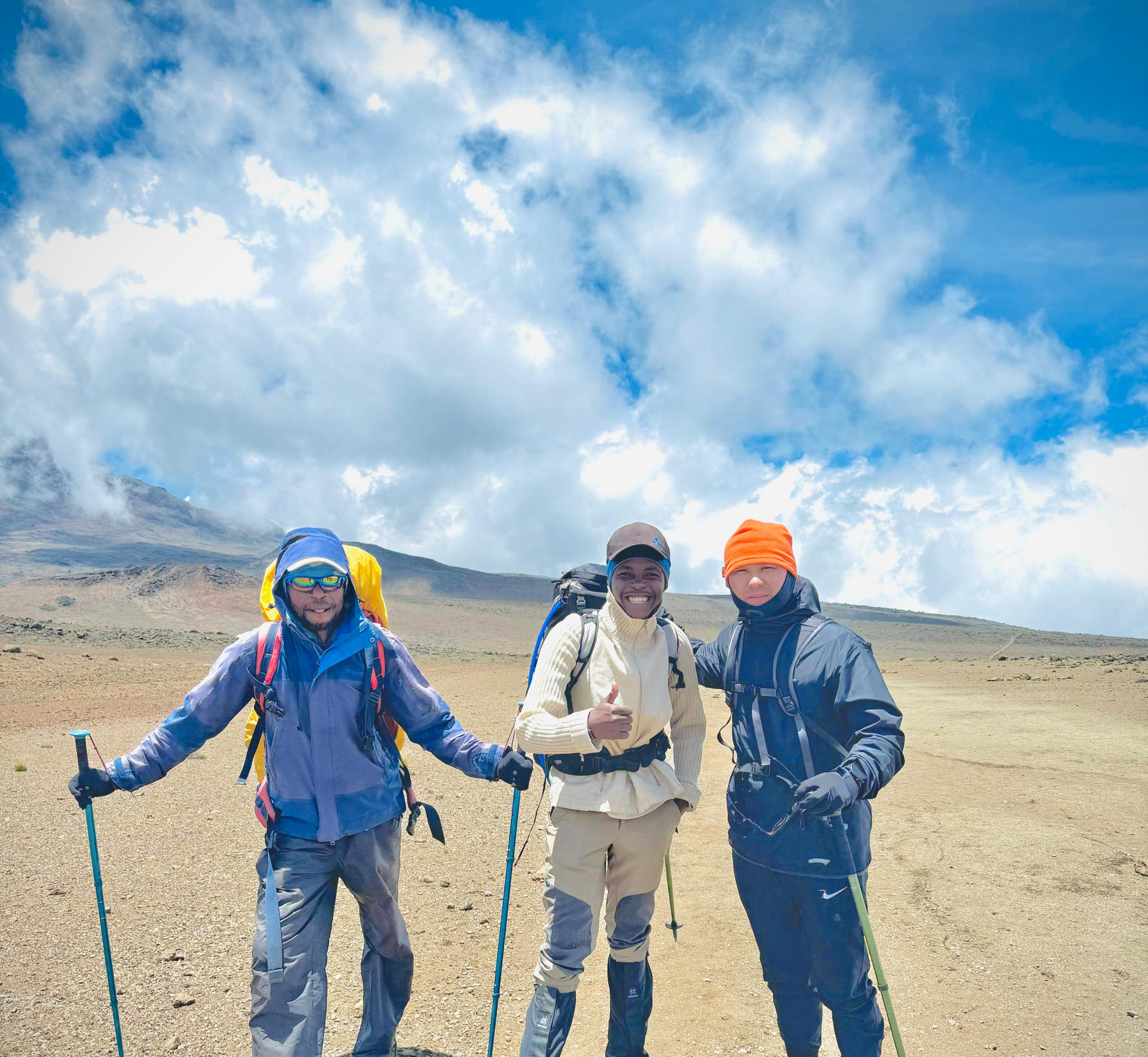
Kilimanjaro Packages
Route Options
Routes and Maps
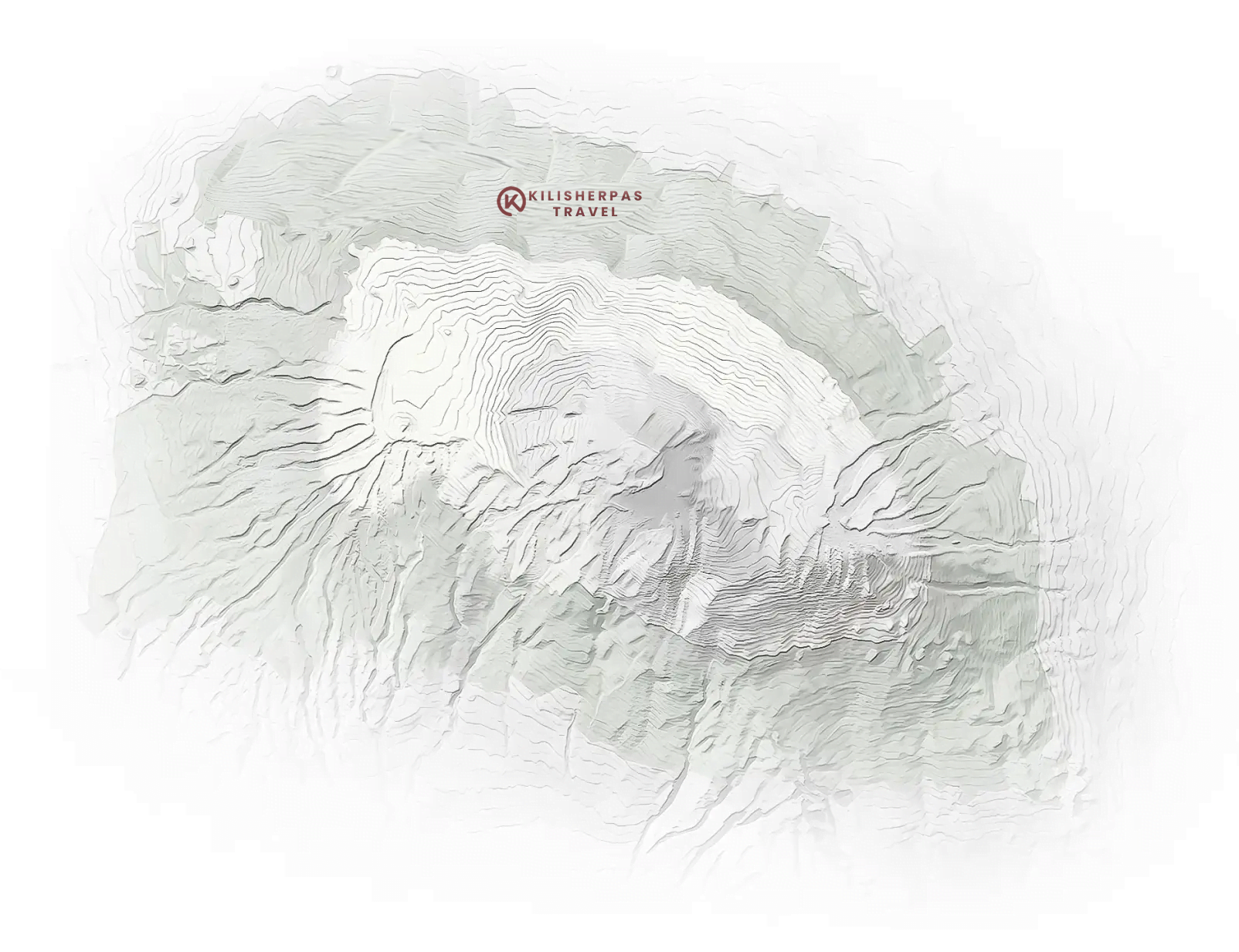
Kilimanjaro Group Climbs: 2025–2029 Departures

Philibert Peter
OnlineReady to Plan Your Kilimanjaro Climbing Adventure?
Contact us. Our team is always here to help.
FAQs
Get answers to the most common questions about climbing Africa's highest peak
